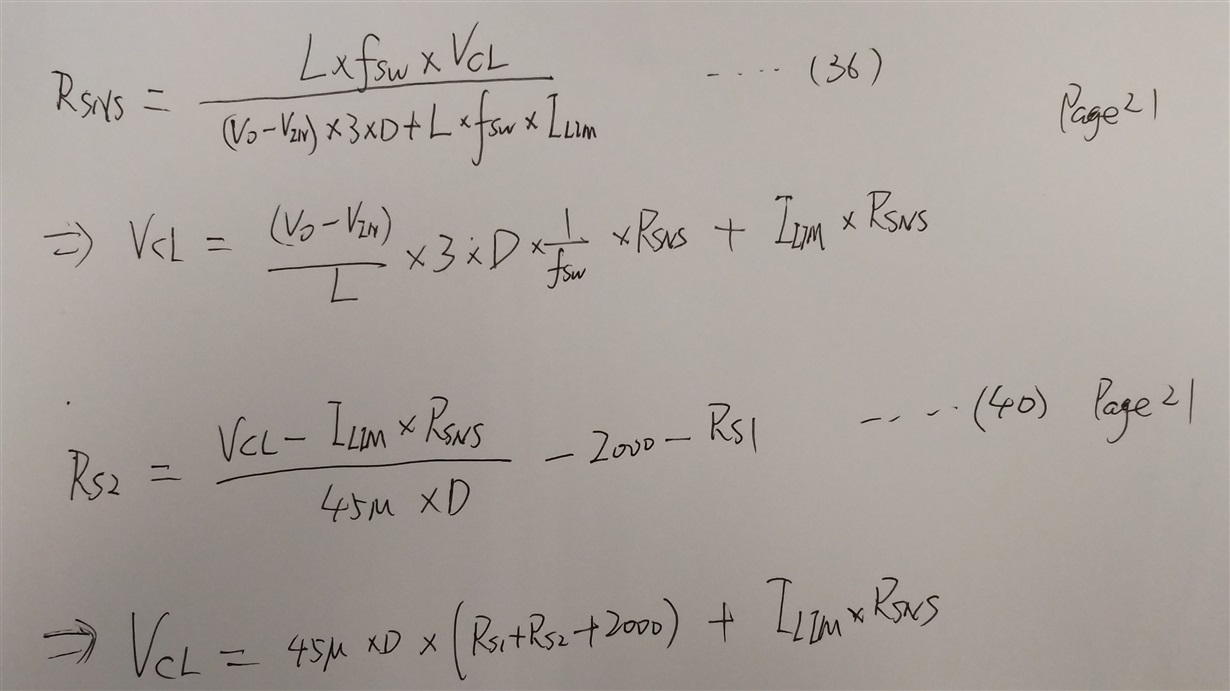Tool/software: WEBENCH® Design Tools
Hi experts,
I came to this forum for help again. I'm designing a boost circuit with LM5022-Q1, 12V+-5% input, 54V/2.4A output.
I copied part of page12 of datasheet below, it says the optimal compensation is proportional to inductor current during MOSFET off;
In page21, there is a formula to calculate the Rsns, from it I can find the ratio to plus (Vo -VI)/L is 3D/fsw = 3DT, is that right?
If so, why does this value is used here, can I use just 1, or 1/2, or other value?
Thanks
Chris




